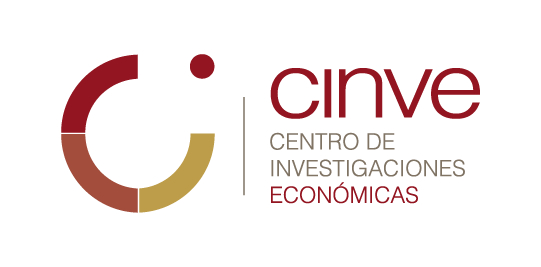In the context of a sharp growth in the incidence of poverty and increasing inequality since the late 1990s, a Tax Reform was implemented in mid-2007 with the explicit objective of promoting greater efficiency and equity in the Uruguayan tax system. In general terms, the Reform substantially increased direct taxation on personal income with increasing marginal rates, reduced indirect taxes and direct taxation on companies, standardized employers’ contribution to social security and eliminated some strongly distorting taxes.
In this paper, we evaluate the joint effect of these changes on macroeconomic balances, on the labor market and on poverty and inequality through a static model of computable general equilibrium (CGE) and a “top-down” approach with microsimulations. The results show that the complete implementation of the Tax Reform has significant general equilibrium effects, which tend to reinforce the reduction of the incidence of poverty, the poverty gap and its severity due to the introduction of the Income Tax of People Physics With regard to poverty, the magnitude of general equilibrium effects is significantly more important than the direct effect. In contrast, general equilibrium effects only generate a small additional reduction in Gini indices.
JEL Classification: C15; D58; H20; I38
Keywords: Tax Reform; CGE models; Microsimulations; Poverty; Inequality
